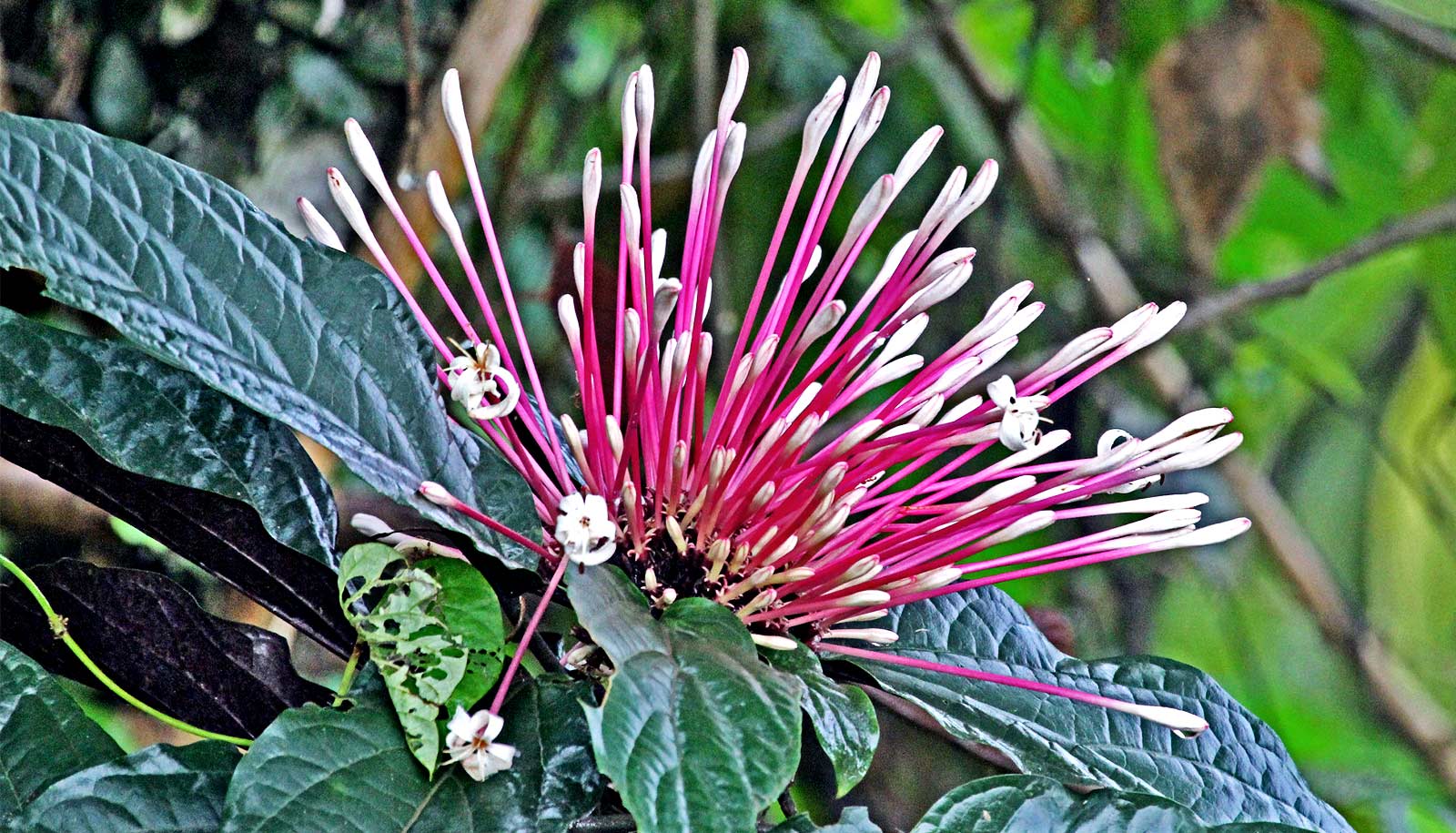

The Galápagos, however, currently exhibit some of the highest extinction rates in the world (Snell et al. 2002) making them one of the few remaining options for the maintenance and restoration of a relatively intact archipelago biota, ecosystems which have been severely impacted worldwide. An estimated 95% of the native biological diversity of the Islands is still extant (Bensted-Smith et al. The Galápagos Islands are globally renowned both for their ecological value and as a world symbol of scientific discovery. Former freshwater wetlands, a now limited habitat-type, were found to have converted to Sphagnum bogs concomitant with tortoise loss, subsequently leading to the decline of several now-rare or extinct plant species. Upland tortoise populations on Santa Cruz declined 500–700 years ago, likely the result of human impact or possible climatic change.

We report the first evidence from palaeoecological records of coprophilous fungal spores of the formerly more extensive geographical range of giant tortoises in the highlands of Santa Cruz Island. Successful tortoise conservation efforts have focused on species recovery, but ecosystem conservation and restoration requires a better understanding of the wider ecological consequences of this drastic reduction in the archipelago's only large native herbivore. The giant tortoises of the Galápagos have become greatly depleted since European discovery of the islands in the 16th Century, with populations declining from an estimated 250 000 to between 8000 and 14 000 in the 1970s.


 0 kommentar(er)
0 kommentar(er)
